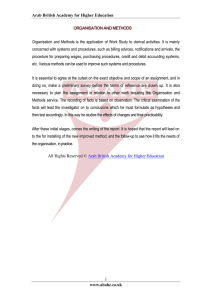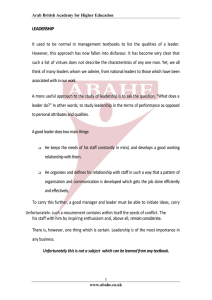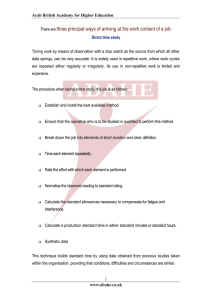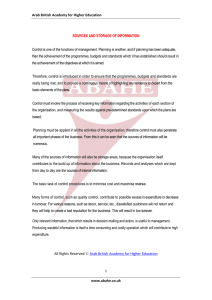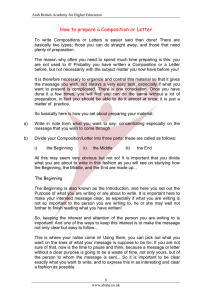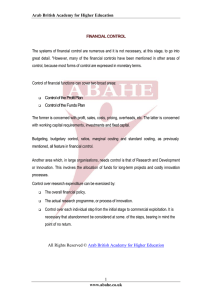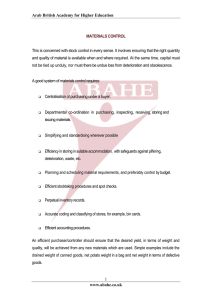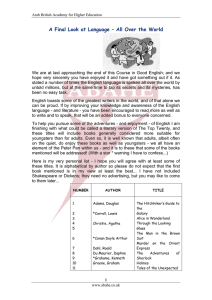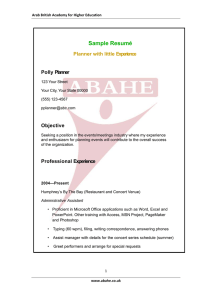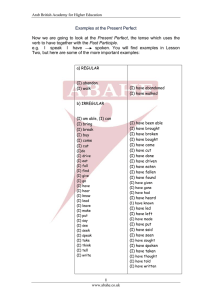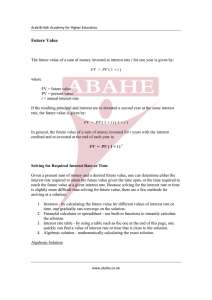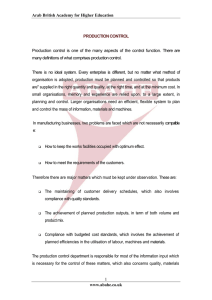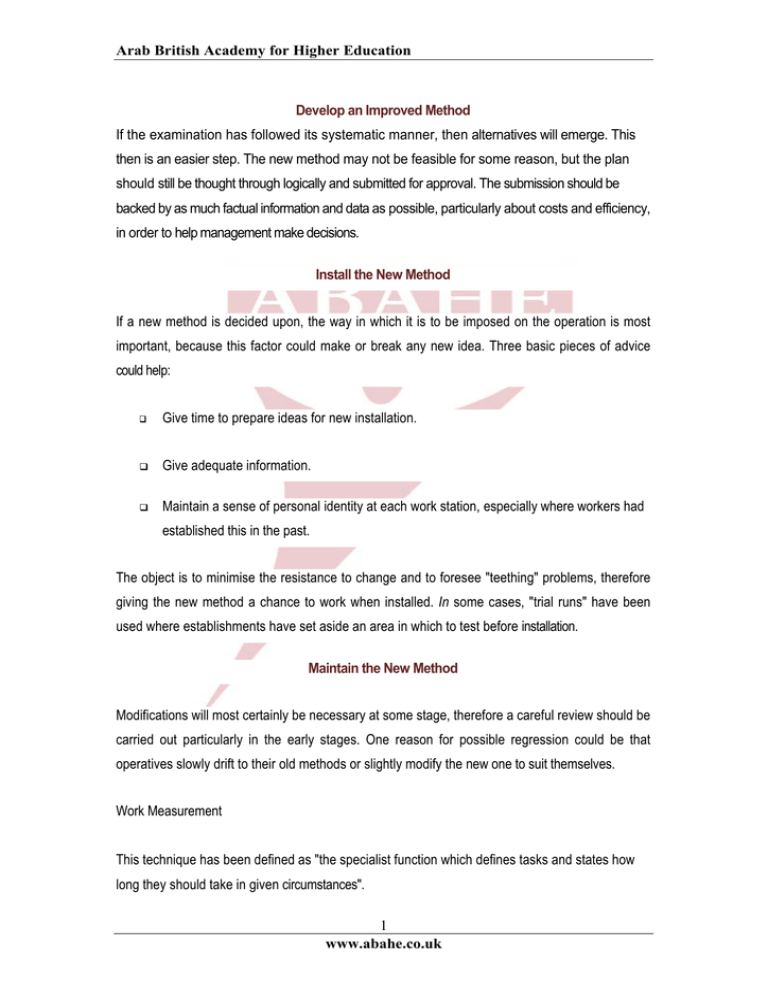
Arab British Academy for Higher Education
Develop an Improved Method
If the examination has followed its systematic manner, then alternatives will emerge. This
then is an easier step. The new method may not be feasible for some reason, but the plan
should still be thought through logically and submitted for approval. The submission should be
backed by as much factual information and data as possible, particularly about costs and efficiency,
in order to help management make decisions.
Install the New Method
If a new method is decided upon, the way in which it is to be imposed on the operation is most
important, because this factor could make or break any new idea. Three basic pieces of advice
could help:
Give time to prepare ideas for new installation.
Give adequate information.
Maintain a sense of personal identity at each work station, especially where workers had
established this in the past.
The object is to minimise the resistance to change and to foresee "teething" problems, therefore
giving the new method a chance to work when installed. In some cases, "trial runs" have been
used where establishments have set aside an area in which to test before installation.
Maintain the New Method
Modifications will most certainly be necessary at some stage, therefore a careful review should be
carried out particularly in the early stages. One reason for possible regression could be that
operatives slowly drift to their old methods or slightly modify the new one to suit themselves.
Work Measurement
This technique has been defined as "the specialist function which defines tasks and states how
long they should take in given circumstances".
1
www.abahe.co.uk
Arab British Academy for Higher Education
Every organisation needs to have some form of work measurement whether it is done
mentally or put into writing. Many smaller concerns base their judgements on experience or
past performance on jobs of a similar nature, or on manufacturer's specifications. However,
measurement becomes more complex when many departments are involved.
The two techniques, although they are treated separately for teaching purposes, should be
used together, since using method study often means a change which will involve
expenditure. Therefore, unless work measurement is used to record the time taken before
and after this change, the practitioner will lack the costs necessary to justify the proposed
investment.
The most fundamental effect which work measurement has on an organisation is that,
for the first time, management is defining standard performances of work against
which actual individual performances can be measured.
One can identify seven principal reasons why work is required to be measured:
To calculate accurate production costs.
To plan labour requirements in order to avoid excessive waiting and redundancies.
To control production by providing accurate job times.
To provide the basis for relevant incentive schemes.
To provide data for budgetary control.
To enable comparisons to be made of the advantages which may accrue from method
study.
All Rights Reserved © Arab British Academy for Higher Education
2
www.abahe.co.uk

